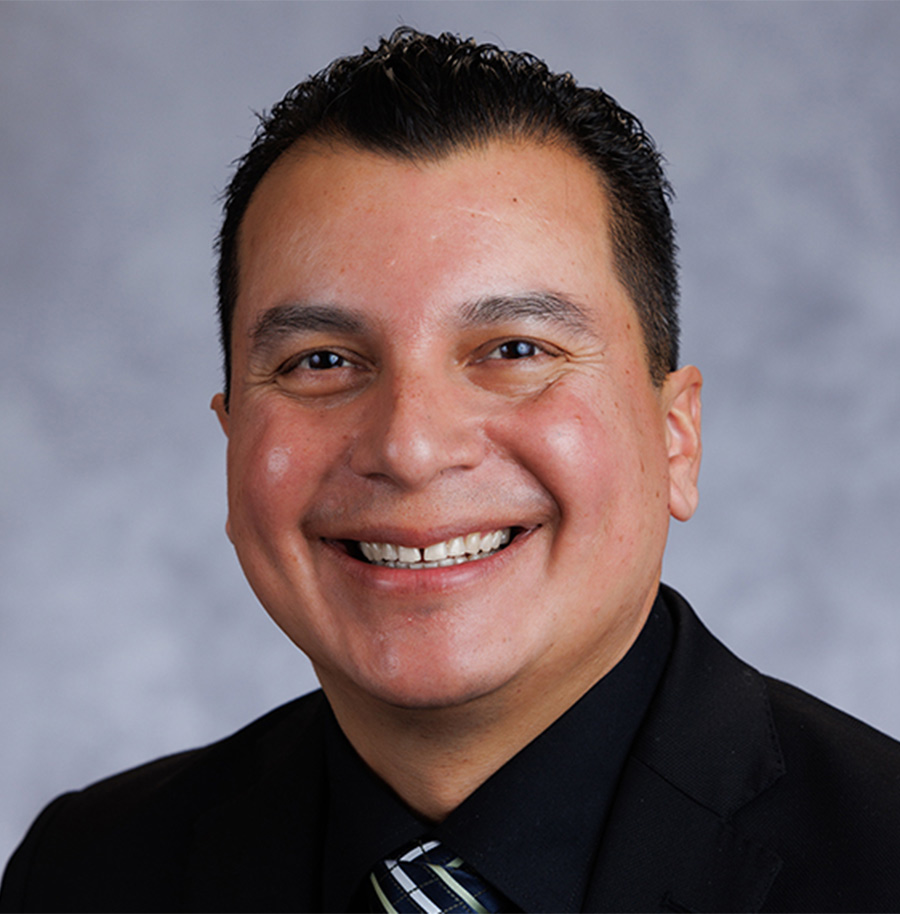President’s Message: Albert Gonzalez
As San Pasqual Valley Unified School District Superintendent Katrina Johnson León wrote in a column for the spring 2024 issue of our California Schools magazine, “The reality of rural districts is that we must make sure we are serving all populations while adjusting for service scarcity due to geographic isolation and policies, rules or regulations.”
CSBA has championed the Secure Rural Schools and Community Self-Determination Act of 2000 (SRS) since its inception as a way to help rural counties and school districts make ends meet — but now this crucial legislation is at risk of expiring. Expiration of the Secure Rural Schools Act would be an unacceptable development. CSBA has lobbied fiercely on this issue, both on our own, and in recent years, through our federal advocacy partnership with the Association of California School Administrators.

SRS provides funding for rural schools as well as for infrastructure (primarily roads) and other programs to counties whose boundaries encompass national forest. It also pays counties to invest in Forest Improvement Projects. Throughout its history, SRS has financed countless school programs, prevented the closure of many rural schools and helped level the playing field for rural districts and COEs by increasing transportation options and expanding educational opportunities in remote parts of the country. In California, 29 counties — half of the state’s 58 total counties — receive SRS funding, one of the primary reasons it remains a priority item during CSBA’s annual Coast2Coast Federal Advocacy Trip.
SRS has been extended nine times since its initial passage with the purpose of providing financial relief to school districts and COEs whose local tax base is diminished by the presence of federal lands. CSBA advocacy over the years has focused on a 10-year extension of SRS in order to ensure stable funding that won’t need to be revisited every two to three years.. As CSBA staff notes in a detailed article in this newsletter, when first enacted, SRS provided nearly $60 million annually to California’s forest counties, with half of the funding allocated to school districts and the other half allocated to counties for county roads. But each reauthorization has reduced funding to the extent California has received only $38 million from the program since 2012.

A National Rural Education Association report titled, Why Rural Matters 2023: Centering equity and opportunity, produced several findings that reinforce why legislation like the SRS Act is so important. Rural districts have insufficient access to psychologists/counselors, gifted and talented programs, high-speed internet connection and mental health services. At the same time, rural areas may offset some of the impact of poverty on educational outcomes, where low-income students perform better than their non-rural counterparts. However, California is one of the 10 priority states where rural high school students are less likely to graduate than their non-rural peers, an anomaly among most states.
Like most schools, those in rural areas offer a mix of challenges and opportunities, but their challenges may look very different than their urban and suburban peers. At a time when many rural schools are battling staffing shortages, declining enrollment and ongoing resource gaps, it’s essential that we not only renew the Secure Rural Schools Act but work to make it permanent and to provide rural schools with the tools needed to provide every student with a high-quality education.